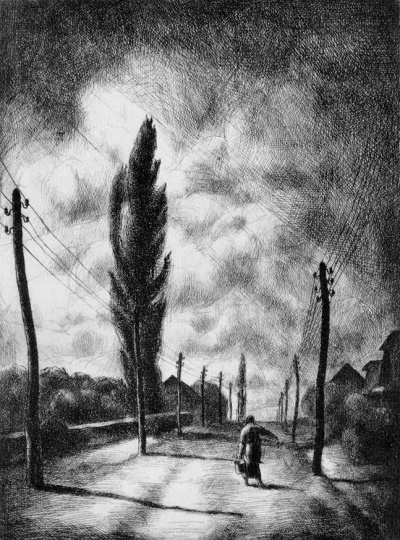Patkó, Károly (1895 - 1941)
BiographyARTWORKS FOR SALE
WE ARE CURRENTLY PURCHASEING WORKS by this ARTIST
If you want to sell a work by this artist, you can get a free appraisal by clicking HERE »
Biography
Biography
Károly Patkó studied at the Hungarian Academy of Fine Arts, his teacher was István Szőnyi. In 1923 he won the Szinyei Merse Pál Society’s Roman scholarship. In Italy he learnt the Italian fashionable tempera technique, which was later used also by Vilmos Aba Novák with great success. Patkós painting method was strictly drawing based, and strived for a monumentality style. After the First World War, he painted with Vilmos Aba Novák and Elisabeth Korb in the Róbert Berény studio in the Városmajor studio. In the middle of the 1920s summers he also painted with Vilmos Aba Novák and Ernő Bánk in Felsőbánya (city in north-western Romania) and in the summer of 1927 and 1928 they went to paint to Igal (south transdanubia in Hungary).
In 1922 the Belvedere, in 1923 the Helikon, in 1924., 1927., and in 1932 in the Ernst Museum he exhibited his works. Several of his works are in private collections, and many of his paintings are kept by the Hungarian National Gallery.
He uniquely combined the expressionist and constructivist tendencies with the novecento neoclassical direction. His mainstay was the figural representation, the summary landscapes painting, and the tackle of the mythological, biblical and social themes. His etchings also shown similar themes as his paintings, excellent drawing skills and creative abilities to composition helped him to etching.
Between 1929 and 1932 he was a fellow of the Hungarian Academy in Rome. From this time the result of the Renaissance and the Novecento art, the geometric design and the motifs rhythmic repetitions was being increasingly promoted in his works. The imaged themes are enlarged with the small squares of the Italian cities, buildings and harbors, but the atmosphere of the paintings is always kept alive.



















